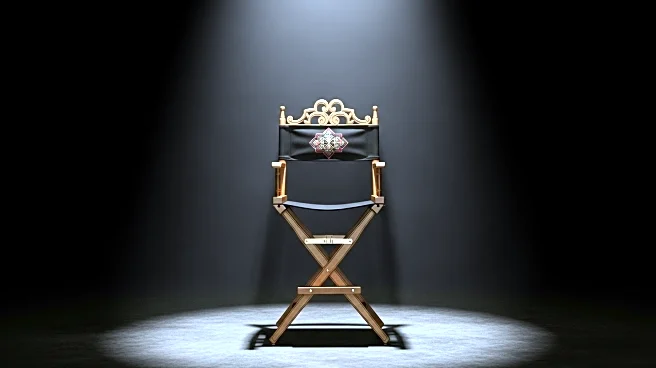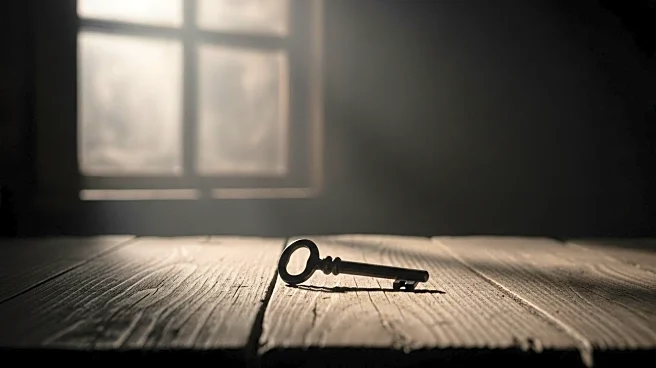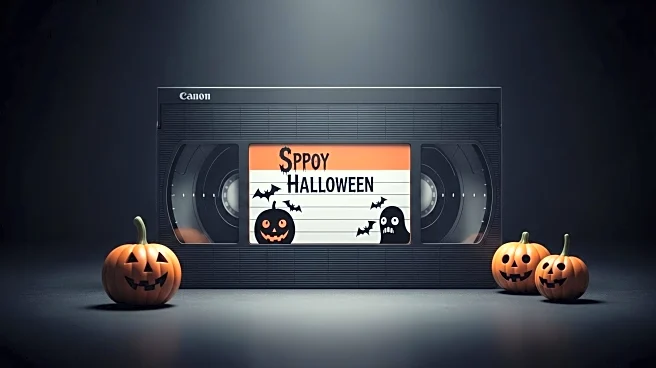What's Happening?
Chris Stuckmann's debut feature film, 'Shelby Oaks,' has released a new trailer, showcasing a suspenseful narrative centered around a woman searching for her missing sister, a paranormal investigator. The film, which gained significant attention at Fantastic Fest, was financed through a successful Kickstarter campaign, raising $1.4 million. The story unfolds through a blend of YouTube paranormal investigation footage and documentary-style search efforts, creating a compelling mystery. The film stars Camille Sullivan and Sarah Durn as the sisters, and features disturbing imagery and a haunting atmosphere. 'Shelby Oaks' is set to open in theaters on October 24.
Why It's Important?
The release of 'Shelby Oaks' highlights the growing influence of grassroots funding and online communities in the film industry. By leveraging platforms like Kickstarter, filmmakers can bypass traditional funding routes and directly engage with audiences. This model allows for greater creative freedom and the potential to reach niche markets. The film's success at Fantastic Fest and positive early reviews suggest it could resonate well with horror enthusiasts, particularly those familiar with the YouTube generation's style and preferences. The involvement of notable figures like Mike Flanagan further underscores the film's potential impact on the horror genre.
What's Next?
With 'Shelby Oaks' set to release on October 24, anticipation is building among horror fans and the online community that supported its creation. The film's performance in theaters will be closely watched, as it could influence future projects seeking similar funding models. Additionally, the reception of the film may impact Chris Stuckmann's career trajectory, potentially opening doors for more projects that blend traditional filmmaking with modern digital platforms. Stakeholders in the film industry may also consider the implications of grassroots funding for independent films.
Beyond the Headlines
The success of 'Shelby Oaks' could signal a shift in how films are financed and distributed, particularly within niche genres like horror. The use of found footage and YouTube-style storytelling reflects broader cultural trends, where digital content creation and consumption are increasingly intertwined. This approach may inspire other filmmakers to explore unconventional narratives and funding strategies, potentially democratizing the film industry and allowing for more diverse voices and stories to emerge.










